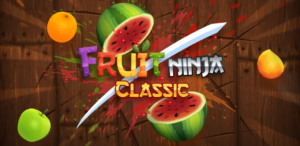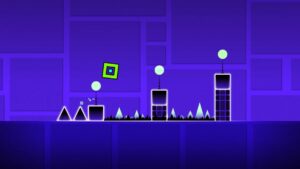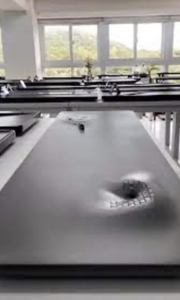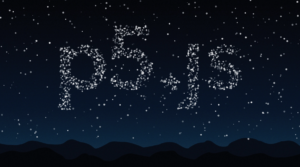MY CONCEPT:
I made the decision to design a game for my midterm project in the style of the vintage game Fruit Ninja, which was hugely popular a few years ago. I chose Fruit Ninja because it was known for its simple yet addictive gameplay. In the original game, fruits are thrown into the air, and the player must slice them by swiping across the screen. The goal is to slice as many fruits as possible while avoiding bombs. If a player slices a bomb or misses multiple fruits, the game ends. The game progressively increases in difficulty as more fruits and bombs appear on the screen while the timer is running out.
In my version, the game remains similar to the original concept, but instead of swiping, the player uses the mouse to slice fruits as they are thrown into the air. However, I’ll be adding a ninja using a splice sheet, which will make it more fun for the user to interact with. As the game progresses, more fruits and bombs are thrown to increase the challenge. Each sliced fruit increases the score, but if the player slices a bomb, the game ends instantly. My version also gradually increases the difficulty over time by speeding up the fruit and bomb spawn rate, which is a similar addictive experience to the original Fruit Ninja. Also, I’ll be adding music in the background and sound effects for the fruits being sliced and the bomb being triggered. Overall, the goal of the game would be for the user to earn points and beat there high score. It sounds boring, but the interactions within the game are what will make it fun.
In terms of design, I aimed to keep the visuals simple yet engaging, with vibrant fruit images, smooth animations, and a clean background. I wanted to add fruit-slicing effects, which include splatters, to make the game feel dynamic and immersive, similar to the original Fruit Ninja experience. Also, I want to create explosives when the bomb gets triggered. For the background, I will keep it similar to the original game by adding wooden planks. As for the texts, I want to make them bold red or colorful like the fruits (still deciding) and also have them in Japanese text style. Also, as I said, I will incorporate music to make the game lively and as fun as the real game.
USER INTERACTION:
User interaction is central to the experience of my game. Players will use the mouse to slice fruits by hovering and clicking across the screen. The simplicity of using just one hand to interact makes it easy to pick up, while the increasing challenge keeps it engaging. The addition of the ninja character and slicing animations adds a layer of fun to the interaction. As players progress, they’ll need to be more precise and quick as the number of fruits and bombs on the screen increases. Also, I wanted to add something like a bonus fruit, where it would have more value than the other fruits and power-ups to keep it fun. The mouse-based game offers a fluid way to engage with the game, making the experience more immersive. Sound effects will provide immediate feedback for actions, which will make the user’s interaction satisfying while slicing or the warning of an approaching bomb/exploring.
MY MOST COMPLEX PART:
My game’s most challenging component is making sure the game ends smoothly and without needing a page refresh while managing the sound effects. That’s why I’m going to add a gameEnd flag that stops all in-game events, like fruit and bomb spawns, and shows a game-over screen when a bomb is cut or the timer runs out. Background music and sound effects will stop when the game is over, giving the player a clear break. Im also going to add a way to start the game over again from the screen that says “Game Over.” This way, the user won’t have to refresh the page. Another challenge is ensuring that multiple sound effects, such as slicing fruits and triggering bombs, don’t overlap or cause audio clutter. In order to avoid this, I will manage sound channels and test various scenarios to make sure the sound effects are smooth and don’t collide, enhancing the overall user experience. In the end, I’m still looking for ways where this can successfully go smoothly, and this is what I’ve come up with so far regarding this issue.
MY PROGRESS:
This is just the base of my game. As you can see, the game is still not smooth, and the fruit is getting thrown everywhere; however, I’m still adjusting to it to make it work better. I just incorporated the fruits, the bomb, half of the test, and the background. I still need work on it by adding sounds and the ninjas to finalise this code, as well as fixing on the smoothness issue. Also, I’m still working on the instruction page and how the user can go on from that.





